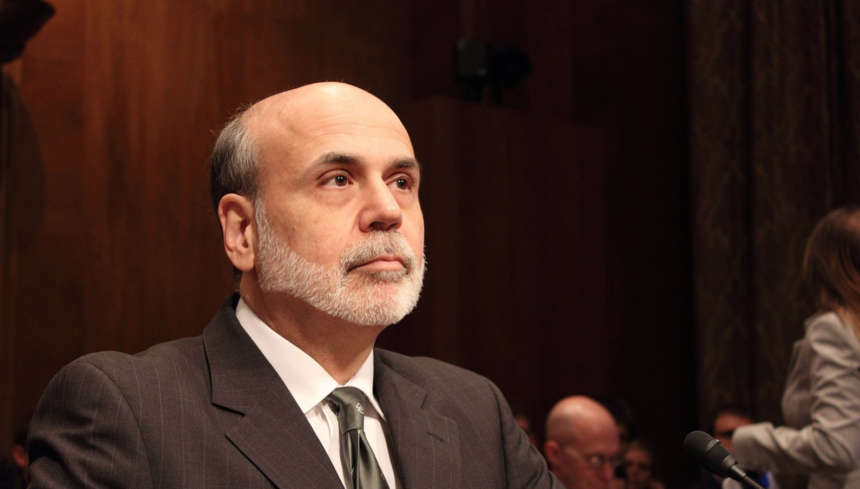economist There is an article that discusses the issue of forward guidance in monetary policy. Here is an excerpt from it:
To guide expectations credibly, officials must ultimately follow through on the changes they signal. Since Powell’s shift, the challenge has been what to do if circumstances change, such as inflation pressures turning out to be stronger than expected and a rate cut is no longer appropriate. Maintaining the status quo may no longer be appropriate. Changing course risks undermining the central bank’s ability to persuade investors in the future.
Former Fed Chairman Ben Bernanke once warned that such considerations could quickly degenerate into a “hall of mirrors.” Endless distortions could occur as policymakers mirror market expectations, which then shift. Columbia University’s Michael Woodford suggests that Bernanke’s recent work examines the Bank of England’s forecasting methods and offers a way out. One key recommendation was that the Bank of England should start publishing its outlook for interest rates under a range of economic scenarios, not just its central forecast. This would help investors understand how policymakers would react to different conditions, allowing them to change course in response to new data without losing face.
In my view, making interest rate forecasts conditional on macroeconomic conditions is an improvement over unconditional forward guidance. Unfortunately, it is difficult to predict how changing macroeconomic conditions will affect future movements in the natural rate of interest.
An alternative would be to provide more specific guidance on the Fed’s policy objectives. For example, it could envisage a nominal GDP target of 4% growth per year, with a complementary policy to correct short-term deviations from this trend line. This type of policy regime would be called “NGDP level targeting” because it targets the level of NGDP rather than the growth rate.
To provide more precise guidance, What exactly is the make-up policy?For example, the Fed could suggest that compensation will occur at 1% per year until it returns to the trend line. So if a mistake causes NGDP to exceed its target path by 1%, the Fed would aim for 3% growth over the next 12 months. If a mistake causes NGDP to exceed its target by 2%, the Fed would aim for 3% growth over the next two years. If NGDP is 1.5% below target, the Fed would aim for 5% growth over the next 18 months.
One advantage of such a policy regime is that it makes information in the interest rate futures market easier to interpret. Currently, policymakers do not know whether unusual movements in federal funds futures reflect expectations about what future interest rates will be needed to achieve 4% NGDP growth, or whether they reflect a lack of confidence that the Federal Reserve is actually trying to achieve 4% NGDP growth. More specifically, if federal funds futures indicate that interest rates will fall to 3.5% over the next year, is that because the market is expecting a weakening economy, or because the market is expecting accommodative monetary policy that will cause the economy to strengthen?
I have advocated for a “guardrail” approach, in which the Fed would take an unlimited short position in 5% NGDP growth futures contracts and an unlimited long position in 3% NGDP growth futures contracts. But even if this market-driven policy regime were politically infeasible, a clearer articulation of the Fed’s desired path for NGDP growth would create an environment in which existing financial markets could provide a rich source of information for policymakers struggling with where to set their interest rate targets.
We believe that a clear NGDP-level target would significantly reduce volatility in NGDP growth over time. Indeed, an NGDP-level targeting regime with clearly specified compensation rules would likely have avoided the severe recession of 2008-2009 and the severe inflation overshoot of 2021-2022.







